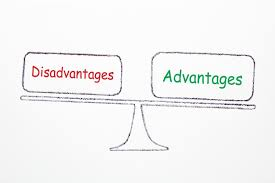
27 Jul Plating: the advantages and disadvantages
Plating is becoming an increasingly popular practice for industries seeking the best properties of multiple materials; however, it is important to know exactly what you are getting into with the process. Whilst combining the best elements of multiple metals sounds great on paper, there are some things to keep an eye out for.
Plating types
There are two main types of plating: electrolytic plating and electroless plating. Electroless plating uses chemical reactions to bond nickel ions to the substrate, providing an even covering, and allowing for precision on smaller objects.
Nickel is one of the most common materials used for plating. You can obtain advice and find out more about the services for electroless nickel coating from surface treatment specialists such as https://www.poeton.co.uk/standard-treatments/electroless-nickel-plating.
Advantages and disadvantages
Although electrolytic and electroless plating have their inherent pros and cons, we are focusing on plating as a whole. A comparison of the two types of plating can be found here:
Advantages start with the variety of products that can be plated, with an array of high-quality metals being available allowing many industries to benefit. This most commonly includes construction, but the automotive and aerospace industries have also started making great use of the practice.
The protection against corrosion allows for certain metals to remain useful for longer by gaining the attributes of other materials to form a stronger hybrid. Such features include additional strength, hardness, and resistance to heat, corrosion, and UV rays.
The process is also highly cost-effective, providing excellent resistance at an affordable price whilst providing efficient coverage (depending on the method – spraying can be wasteful!).
Despite the added toughness plating can provide, the products are still susceptible to cracking and chipping if exposed to wearing conditions. Whilst the process is cost-effective, it is also fairly lengthy, requiring applications of multiple layers. This can take a while when done by hand.
The cost-effectiveness may also be deceptive, with cheaper metals providing the aforementioned benefits but being more susceptible to scratches or other surface imperfections.
Make sure you consult professionals and be aware of the potential outcomes of the service you use.


No Comments